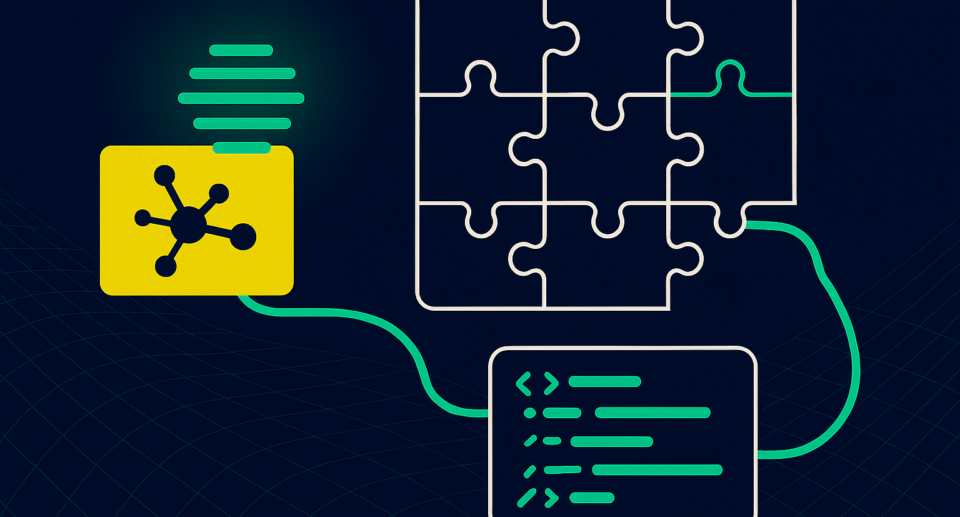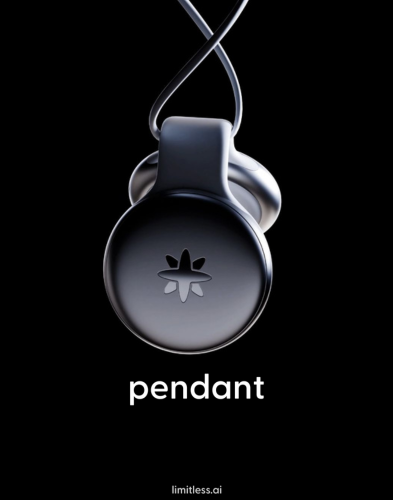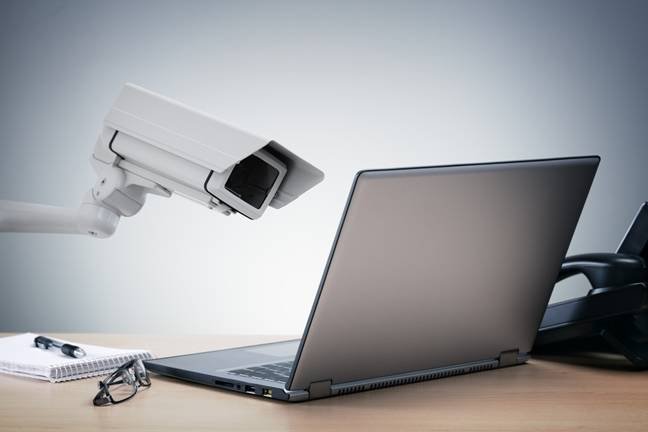How to get free software from yesteryear’s IT crowd • The Register

Before plug and play was blowing up Windows 98 on a Comdex stage, Windows 95 engineers were grappling with the technology – and on one fateful day they found some unusual text in the BIOS of several PCs that they had to work around.
Plug and Play had a difficult birth in the PC world. Decades ago, there was no end of competing standards and concepts: the MSX line of computers, which took the approach of using a system of slots, IBM’s Micro-Channel Architecture, which required self-configuration, and Amiga’s Zorro bus. Or even NuBus.
And then there was the vast array of IBM-compatible PCs – and engineers had to make Windows 95 run on them. To do this, Microsoft’s team had to devise a way of working out what could be supported by what piece of legacy hardware.
“A lot of clever tricks were used to retrofit Plug and Play onto legacy hardware,” veteran Microsoft software engineer Raymund Chen recalled.
First there was the issue of identifying the PC in question. One method used by the team was to scan the computer’s BIOS for names in the copyright string and firmware dates, which is where the odd text turned up.
“One of the strings they found,” said Chen, “was ‘Not Copyright Fabrikam Computer’.”
At this point, we should make it clear that “Fabrikam” is not a real computer maker in this context – Microsoft has several fake company and product names it uses for illustrative purposes in its documentation. Anybody impressed by the courage of Contoso which adopts every single piece of Microsoft technology – even the flakiest – should know it is the primary example of this.
OK so that explains “Fabrikum.” But what about that “Not copyright” part? Why would such an odd turn of phrase turn up in a BIOS from the 1990s? Was it an attempt at open source?
“We weren’t sure,” said Chen, “but we had a theory.”
Their best guess was that “Fabrikam” had pre-installed some software on its PCs, which would then be unlocked when run on those PCs. If a user ran the same software elsewhere, it would switch to a restricted or demo mode.
But how would the software know it was on a Fabrikam PC rather than something made by the famed fake Microsoft firm “Contoso”? The same way the Windows 95 team worked out what could be supported – by looking for text in the BIOS. If it found “Copyright Fabrikam Computer,” then all the extra twiddly bits in the software could be enabled.
So, if you added “Not Copyright Fabrikam Computer” in the BIOS, then locked software licensed to Fabrikam would be magically unlocked.
Naughty…
Chen writes:
But we must say, this is not as naughty as the Windows 98 Blue Screen of Death (BSoD) that appeared when an impossibly young Chris Capossela tried to demonstrate the operating system’s plug-and-play prowess to his boss, Bill Gates, live on stage…
®











